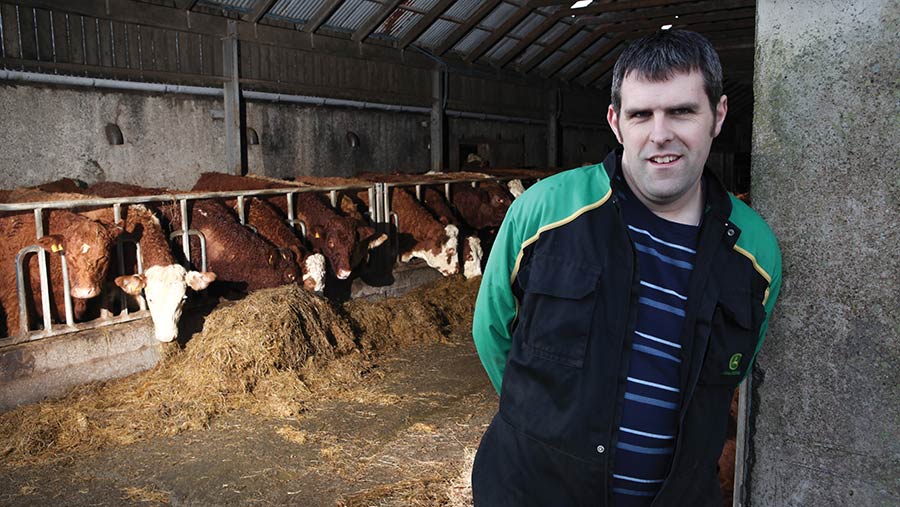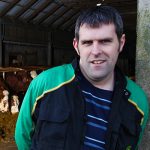Farmer Focus: Show season brings tall tales
 Steve Sandison © Ken Amer
Steve Sandison © Ken Amer Although things were dry in Orkney during June, I returned from the beef event in Dumfries very thankful for the grass we had.
The rain came when we were at the Royal Highland Show and silage has been bulking out well, considering how dry it had been.
We have almost half of our silage baled in ideal conditions.
See also: Animal activists call for vegan Royal Highland Show
We cart the bales green and then wrap and stack them. Usually, the bales leave a damp patch on the trailer, but not this year.
If the weather forecast is to be believed, the floor of the trailer might be wet enough by the time we get the rest done.
Bulls normally come out after two months (which is usually about the first of July), but they are going to get an extra couple of weeks with the cows this year.
Back in the spring, I bought a 16-month-old Salers bull for the heifers.
During the second cycle there still seemed to be too much activity among them and when I got the chance of another bull, I thought it would be better to have younger calves than have the heifers calving at three.
Things have been quieter since I changed the bulls, so hopefully it was just the enthusiasm of youth causing all the activity.
We spent two nights in Edinburgh after the Highland Show.
It was an enjoyable couple of nights because there were quite a few folk who had been at the show staying in the same hotel and we were up until late telling stories.
As is often the case, the longer the evening goes on, the taller the tales become.
A friend of ours shared a story he had been told by a character in Orkney who had worked on a creel boat in the North Isles.
Trying to convince his audience that the lobsters they caught were the biggest, he said they were so big they “had to make creels the size of henhouses and bait them with half a North Ronaldsay sheep”.
This backfired when the lobsters got a taste for mutton and came ashore and attacked the sheep. There are some tales where you wonder if they could be true, but not that one.

